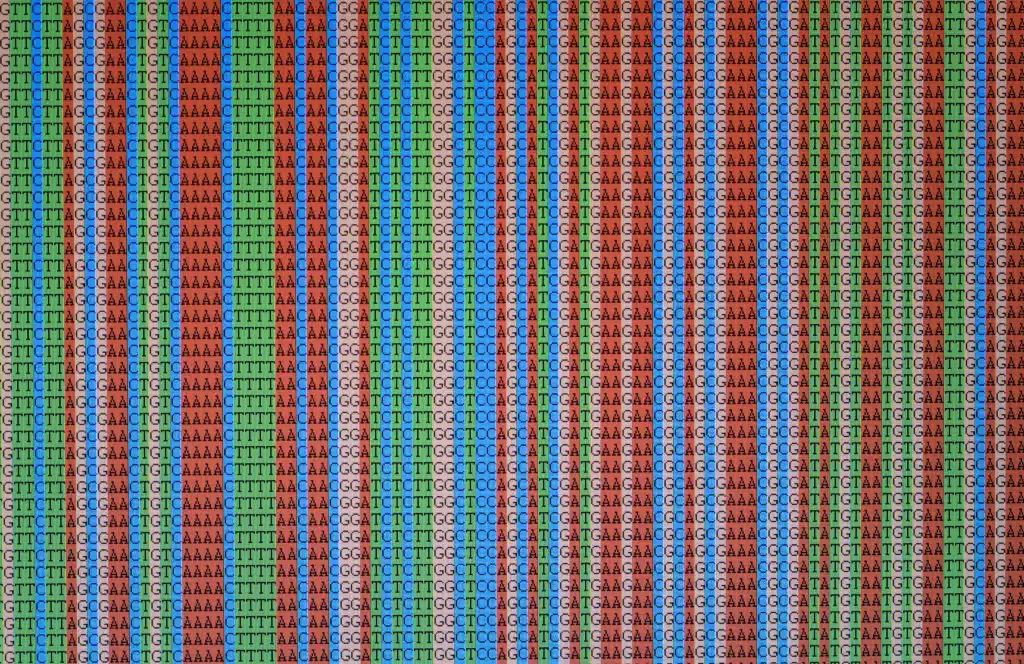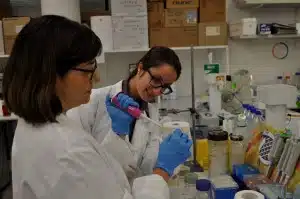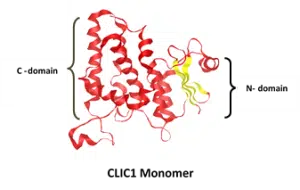A cellular protein, once thought to only act as a gatekeeper, also functions as an enzyme to speed up chemical reactions and remove toxins and unwanted substances out of the body, according to Sydney researchers.
“My research shows for the first time that this protein aids the metabolism of some toxic compounds and maintains the level of Vitamin C.” says Dr Heba Al Khamici from the University of Technology Sydney. “We have opened a door to finding new biomarkers and therapeutic targets to diseases like Alzheimer’s, cataracts and even new treatments for fungal infections.”
For decades, CLIC (chloride intercellular channel) proteins were thought to only function gatekeepers to allow ions into and out of cells.
“Until recently we thought one gene only made one protein which only had one function, however this relied on the assumption that proteins could only adopt one stable “native” structure,” explains Heba.
Remarkably, CLIC proteins can adopt multiple stable structures, suggesting that one protein can have so many other functions, thus it is classed to be one of the “moonlighting” proteins.
“This has implications across the board for a wide range of biological applications.”
Heba presented her research at Fresh Science New South Wales 2015.
Fresh Science is a national program that helps early-career researchers find and share their stories of discovery. Over 50 early-career researchers nominated for Fresh Science NSW, which was held at the Australian Museum (training) and Three Wise Monkeys Hotel (public challenge event).
Fresh Science New South Wales was supported by the Australian Museum and the University of New South Wales.
Contact: Heba Al Khamici, University of Technology, Sydney, Heba.Alkhamici@uts.edu.au








 Fresh Science is on hold for 2022. We will be back in 2023.
Fresh Science is on hold for 2022. We will be back in 2023.